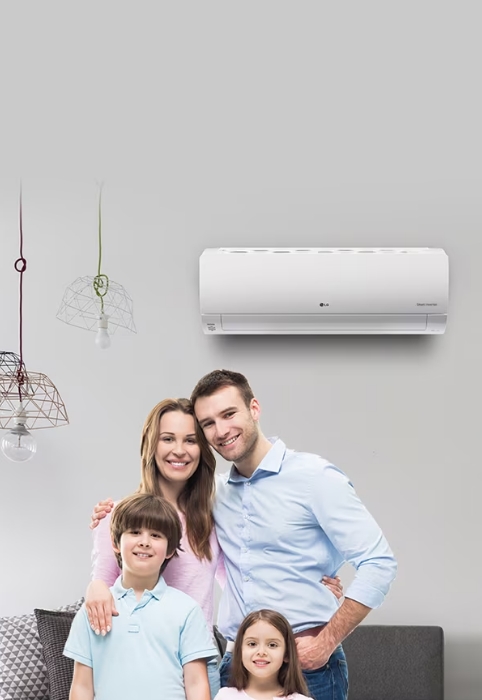Ducted Heating or Split System: Which One is Better for You?
Having a heater is important when you own a home, especially during the cold winter months in Australia. It keeps you warm and comfortable, and you can control the temperature in your house. But there are many different types of heaters available, and the most popular ones are split system heating and ducted heating. In this article, we’ll briefly explain the differences between ducted heating and split systems. If you have more questions, contact Rite Price Heating & Cooling at 1 300 HEATING. We’re here to assist you.
Comparing Ducted Heating and Split System: Understanding the Variations
When customers are looking to buy a heating system for their homes, they might feel overwhelmed by the different types of heaters available. Two common options are split system heating and ducted heating. Although they serve a similar purpose, there are distinct differences between the two that could be advantageous for certain homes.
Split System Heating: Focused and Efficient
- Energy Efficiency: Split system heating is designed to be more energy efficient compared to ducted heating. It focuses on heating a single room, which can lead to lower monthly bills if only a small area needs to be heated.
- Cost-effective: These units are generally less expensive than ducted heating units because they require less space for installation.
- Less Noise: These heaters tend to be quieter, especially the latest models.
- Versatile Installation: They can be installed in various locations within the house, even directly on the walls.
- Downsides: Some homeowners may find that split system heating doesn’t adequately meet their heating needs. However, any necessary repairs are easier to identify and fix due to the system’s small size.
Ducted Heating: Comprehensive and Discreet
- Central Heating: Ducted gas heating, also known as central heating, is designed to heat the entire household.
- Two-unit Setup: This system consists of an outdoor unit and an indoor unit, which is less flexible in terms of installation, typically placed under the floors or in the attic.
- Inconspicuous: The indoor unit of this heater is hidden from sight, making it less noticeable compared to split system heaters.
- Durability: Ducted heaters are highly durable and can last for many years without issues.
- Customizable Control: With Ducted Heating Adelaide, you can control every room in the house and how the heat is distributed with the touch of a button.
- Drawbacks: It is more expensive to install and results in higher monthly energy bills since it heats the entire household. However, some systems help mitigate costs by heating the house only when necessary.
Considerations for Choosing Between the Two: When deciding between split system heating and ducted heating, it’s crucial to consider the following factors:
- Specific heating needs: Determine if a single room or the entire household requires heating.
- Budget: Consider the installation costs and potential differences in monthly energy bills.
- Flexibility: Assess the ease of installation and repair.
- Control: Evaluate the ability to customize heat distribution within the house.
By understanding the differences and considering these factors, customers can make an informed decision about the most suitable heating system for their homes.
How to Decide Between Ducted Heating and Split System Heating for Your Home?
When it comes to heating choices, both ducted heating and split system heating have their pros and cons. The decision between the two ultimately hinges on the specific requirements of the homeowner. If there is a need to heat multiple rooms, investing in a ducted heating system proves to be an excellent long-term solution. On the other hand, for those with a limited budget or fewer rooms to heat, opting for a split system heater can result in significant cost savings in the long run.







